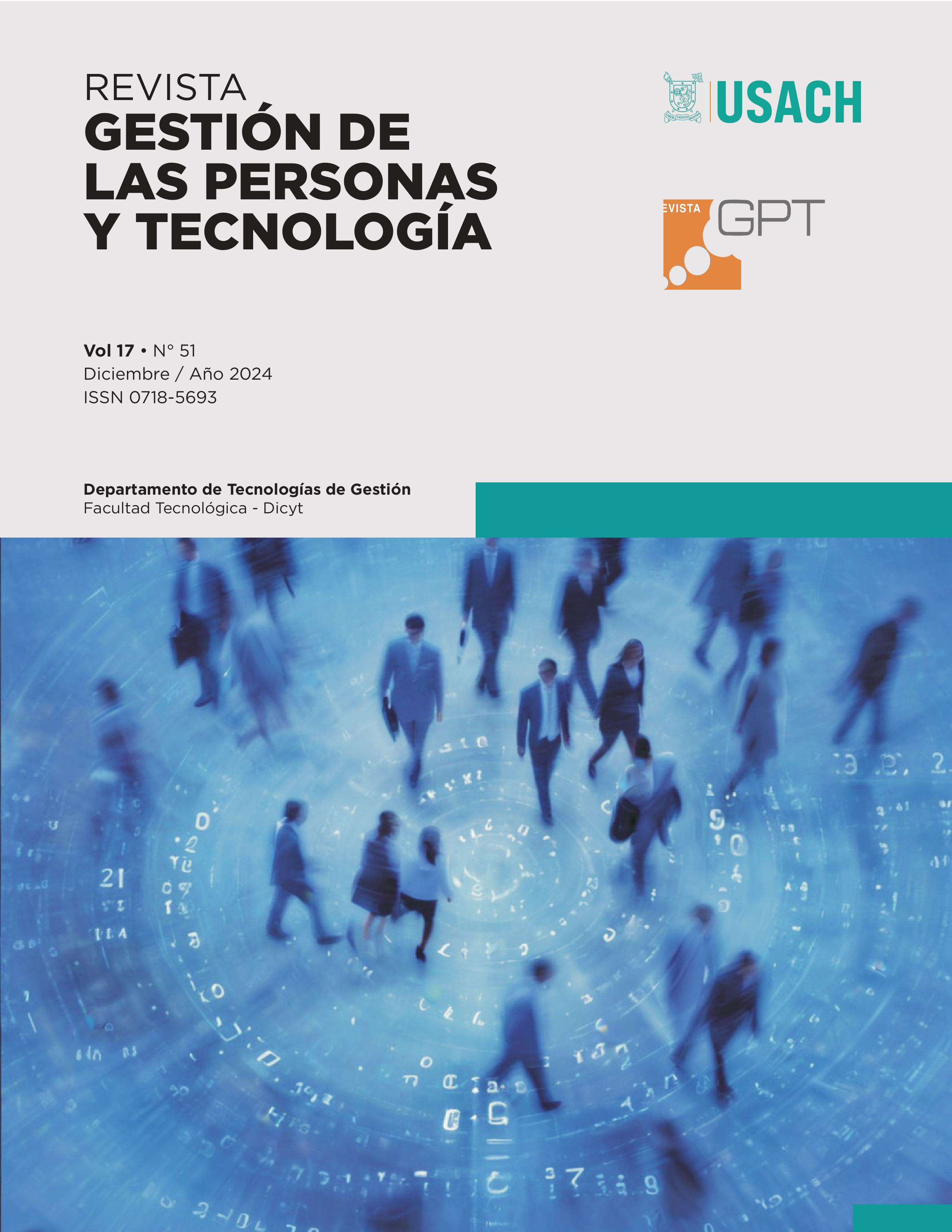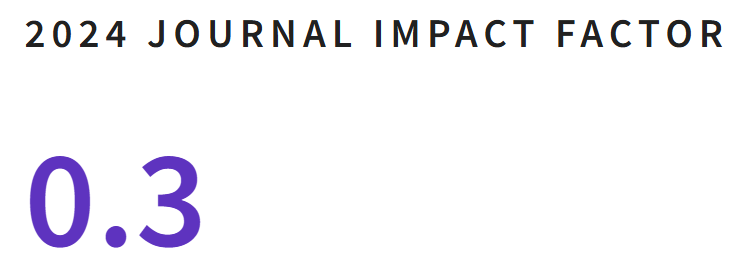Techhnological risks in a city in the Colombian Caribbean
DOI:
https://doi.org/10.35588/r3n27j78Keywords:
explosions, fires, risks, technologyAbstract
Background: Every day the technological threat materializes in different industrial, commercial and domestic scenarios, which has begun to arouse the interest of different scholars who see this potential risk as a need to intervene in order to avoid damage and affectations. to human communities that interact daily or so close to their geographical locations. Objective: To characterize the technological threat represented by various economic activities and urban conditions in the community of localities 1, 2 and 3 in Cartagena, Colombia. Methods: To evaluate the risks due to technological causes, a tour of the areas object of this project was carried out (urban area of the city of Cartagena, divided by localities 1, 2 and 3. For these localities, the buildings whose occupation is dedicated to the execution of any economic activity related to some type of technological hazard that may have repercussions on the health of the population. Results: In the three localities of the city, risks related to the probability of high voltage fire, liquid spills, gas and vapor leaks, with the probability of fire and other technological risks of high voltage explosion were found. tension and to a lesser extent the risk of collapsing and collapsing of structures due to poor condition of the buildings. Conclusion: Technological risks in Cartagena are a constant in its urban and industrial areas where urban planning should be prioritized to increase industrial safety and avoid technological disasters such as fires and explosions.
Downloads
References
Boccazzi-Oyarzún, C. y Negrete-Sepúlveda, J. (2015). Evaluación de riesgos tecnológicos y percepción de la población residente y turista de las comunas de Quintero y Puchuncaví. Gestión Turística, 24, 70-97. https://www.redalyc.org/articulo.oa?id=223353236004
Concepción-Maure, L., Goya-Valdivia, F. A., Ibarra-Hernández, E. V., Guerra-Valdés, B. F. y Dupín-Fonseca, M. (2018). Índice de riesgo tecnológico para la evaluación holística del riesgo en escenarios propensos a accidentes mayores. Centro Azúcar, 45(1), 84-93. http://scielo.sld.cu/scielo.php?script=sci_arttext&pid=S2223-48612018000100009&lng=es&tlng=es
Eren, E. y Tuzkaya, U. R. (2019). Occupational health and safety-oriented medical waste management: A case study of Istanbul. Waste Management & Research, 37(9), 876-884. https://doi.org/10.1177/0734242X19857802
Han, W., Xu, Z., Hu, X., Cao, R., Wang, Y., Jin, J., Wang, J., Yang, T., Zeng, Q., Huang, J. y Li, G. (2023). Air pollution, greenness and risk of overweight among middle-aged and older adults: A cohort study in China. Environmental research, 216(Pt 1), 114372. https://doi.org/10.1016/j.envres.2022.114372
Huyen, T. D. T. y Tram, L. T. B. (2019). Development of a Procedure for Evaluating the Impacts of the Accidental Emission of Hazardous Chemicals, Case Study in Ho Chi Minh City, Vietnam. Environmental Management, 63, 486-494. https://doi.org/10.1007/s00267-017-0979-0
Ley-García, J. (2020). Percepción de riesgo y temor al paisaje de amenazas urbanas. Investigaciones Geográficas, (103), e60087. https://doi.org/10.14350/rig.60087
Ley-García, J. y Denegri de Dios, F. (2021). Permanencia y cambio en la percepción de los peligros urbanos. Revista de geografía Norte Grande, (79), 83-102. http://dx.doi.org/10.4067/S0718-34022021000200083
Li, F., Bi, J., Huang, L., Qu, C., Yang, J. y Bu, Q. (2010). Mapping human vulnerability to chemical accidents in the vicinity of chemical industry parks. Journal of Hazardous Materials, 179(1-3), 500-506. https://doi.org/10.1016/j.jhazmat.2010.03.031
Liñayo, A. (2019). Identificación y tratamiento del riesgo tecnológico urbano en la ciudad de Mérida (Venezuela). Centro de Investigación en Gestión de Riesgos Mérida - Venezuela. https://www.eird.org/plataforma-tematica-riesgo-urbano/recopilacion-de-articulos/alejandro-linayo.pdf
Morgado-Pereira, S., Paim-Pacheco, M. y Estrela-Rego, I. (2020). Risk perception and organizational capacity building in the Azores (Percepción del riesgo y desarrollo organizacional de capacidades de las Azores). PsyEcology, 11(1), 116–129. https://doi.org/10.1080/21711976.2019.1644005
Okoh, P. y Haugen, S. (2013). Maintenance-related major accidents: Classification of causes and case study. Journal of Loss Prevention in the Process Industries, 26(6), 1060-1070. https://doi.org/10.1016/j.jlp.2013.04.002
Orozco-Martínez, Y. y Rodríguez-Gámez, L. (2020). Controversias sobre vulnerabilidad ante el riesgo minero en el río Sonora, México. Región y sociedad, 32, e1319. https://doi.org/10.22198/rys2020/32/1319
Pérez-Cerquera, M. R. (2017). Internet de las cosas, la próxima evolución de internet, una oportunidad para mejorar la competitividad de Colombia en la región. Encuentro Internacional de Educación en Ingeniería, Asociación Colombiana de Facultades de Ingeniería (ACOFI). https://acofipapers.org/index.php/eiei/article/view/585
Pilisuk, M., Parks, S. H. y Hawkes, G. (1987). Public perception of technological risk. The Social Science Journal, 24(4), 403-413. https://doi.org/10.1016/0362-3319(87)90056-5
Rivera-González, Ó. y Rodríguez-Van Gort, M. (2023). Urbanismo de riesgo, el principio de los desastres urbanos y su prevención con sistemas geoinformáticos, CDMX, México. PAAKAT: revista de tecnología y sociedad, 13(25), e810. https://doi.org/10.32870/pk.a13n25.810
Rojas-Díaz, J. y Yepes-Londoño, J. (2022). Panorama de riesgos por el uso de la tecnología en América Latina. Trilogía Ciencia Tecnología Sociedad, 14(26), e2020. https://doi.org/10.22430/21457778.2020
Soyata, T., Habibzadeh, H., Ekenna, C., Nussbaum, B. y Lozano, J. (2019). Smart city in crisis: Technology and policy concerns. Sustainable Cities and Society, 50. https://doi.org/10.1016/j.scs.2019.101566
Vidiasova, L., Cronemberger, F. y Vidiasov, E. (2019). Risk Factors in Smart City Development in Russia: A Survey. En: Chugunov, A., Misnikov, Y., Roshchin, E., Trutnev, D. (eds), Electronic Governance and Open Society: Challenges in Eurasia. EGOSE 2018. Communications in Computer and Information Science, vol. 947. Springer, Cham. https://doi.org/10.1007/978-3-030-13283-5_3
Additional Files
Submitted
2023-12-31Published
Issue
Section
License
Copyright (c) 2024 People and Technology Management Journal

This work is licensed under a Creative Commons Attribution 4.0 International License.










